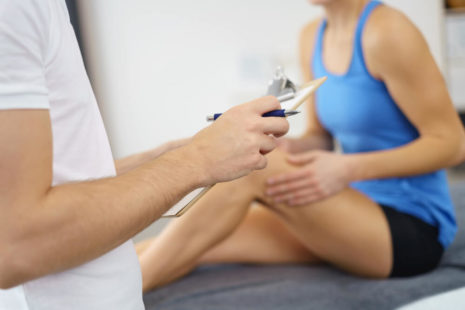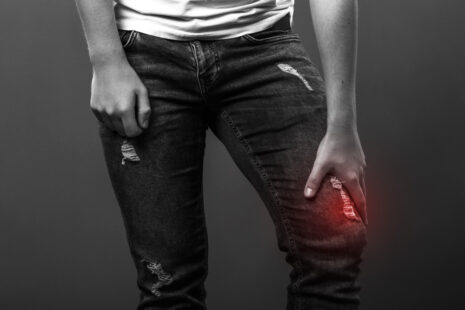Tennis is a physically demanding sport that involves a wide range of movements, and as a result, tennis players can strain various muscles throughout their bodies.
Some of the commonly strained muscles in tennis players include…
- Rotator Cuff Muscles – The rotator cuff muscles, located in the shoulder, are essential for stabilizing the shoulder joint during the overhead motions involved in serving and hitting forehands and backhands.
- Quadriceps – The quadriceps, a group of muscles at the front of the thigh, are heavily engaged in tennis, especially during movements like sprinting, lunging, and jumping.
- Hamstrings – The hamstrings, located at the back of the thigh, are involved in movements such as running, changing direction, and hitting shots with a wide stance.
- Calf Muscles – The calf muscles are frequently used during quick movements, such as starting and stopping abruptly, as well as during serves and volleys.
- Hip Flexors – The hip flexors play a significant role in movements that involve rotation and lateral movement, like hitting groundstrokes and changing direction on the court.
- Adductors – The adductors are muscles located in the inner thigh, and they come into play during lateral movements and lunges.
- Abdominal Muscles – The core muscles are essential for providing stability and power during shots and for maintaining balance on the court.
- Gluteal Muscles – The glutes, including the gluteus maximus, medius, and minimus, are involved in various movements, including running, jumping, and generating power in shots.
- Wrist Extensors and Flexors – Tennis players often strain the muscles in the forearm and wrist due to repetitive hitting and ball control.
Tennis players need to engage in proper warm-up routines, regular stretching, and strength training exercises to reduce the risk of muscle strains and injuries. Also, using proper techniques and equipment, and taking rest days to allow the muscles to recover, can help prevent strains and overuse injuries. If a player experiences persistent pain or injury, it’s crucial to seek professional medical advice and follow a proper rehabilitation plan.




